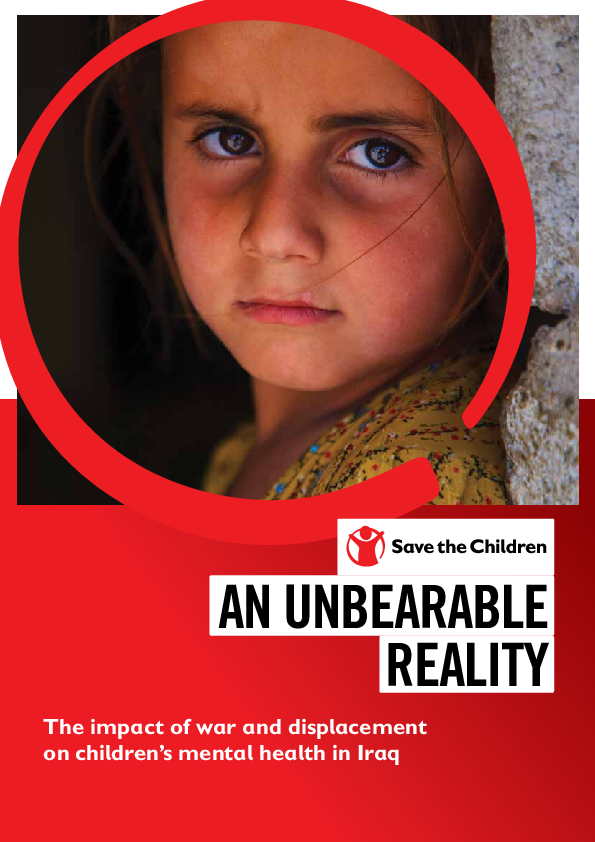
Reports
“Lyssna på Mig!”: Barns och ungas röster om asylprocessen och förslag till förbättringar
Publication year:
2017
Swedish, English
Format:
pdf (10.2 MiB)
Publisher:
Save the Children
“Listen to Me!”: The voices of children and adolescents about the asylum process
During the course of two years, Save the Children Sweden’s support helpline received 2,500 calls from children and young people who recently arrived to Sweden. The topics of conversation revolved primarily around the asylum process, rejection, accommodation, and family. During these two years, a clear trend emerged – the callers are feeling worse off and have lost the hope they had when they initially arrived in Sweden. These 2,500 voices can now be heard. Their opinions, along with those of Påverkansråd, an advocacy council for unaccompanied migrant youth at Save the Children, and Ensamkommandes Förbund, an association run by the unaccompanied youth themselves, have now been gathered in a report titled “Listen to me! The voices of children and young people about the asylum process.”
The report is intended for policy-makers. It showcases the voices of children and young people who talk about the asylum process, and how they themselves experience the consequences of decisions concerning them. The core of the report is this: If you want to work for children’s best interests, you have to listen to their needs and opinions, and take them seriously. The children highlight that the asylum process is difficult to understand and distressing to navigate alone. They point to both legal uncertainty in the process and the shortcomings in the response from adults.
Two major changes need to be made to improve the experience of child asylum seekers. First, laws and regulations need to be reviewed. It must be possible for children to be reunited with their families; the expulsions to Afghanistan must be stopped until the government has followed up on what has happened with those who have thus far been expelled; and previous legislation ensuring protection because of distressing circumstances needs to be reinstated.
The second change is about how to respond to and take care of these children. All staff who interact with children who have fled need to help build a stable and secure existence for them. Staff at the Swedish Migration Agency, as well as healthcare staff, need the skills to interact with children who have experienced crises and trauma; appointed guardians need to have the time and skills to act as the safeguarding adults they are supposed to be; housing staff need the skills and resources to provide children with a safe and meaningful daily life; and municipalities need to make it possible for young people who have built up a sense of security through school and friends to live in the municipality even after they turn 18.
In the report, Save the Children highlights a number of examples showing how different municipalities and organisations are working to improve the situation of children and young people who travel alone to Sweden. The examples are intended to inspire policy-makers and others close to these children and young people to take responsibility for improving their situations.
Read full abstract
Authors
View & Download
Autodetected language
Swedish
1 Documents
Other languages
Document information
Publisher
Authors
Format
Content type
Country
Region
Rights
© Author/Publisher
Found a mistake? Help us improve!
If you have noticed a document assigned to the wrong author or any other inaccuracies, let us know! Your feedback helps us keep our data accurate and useful for everyone.
Share
Link


